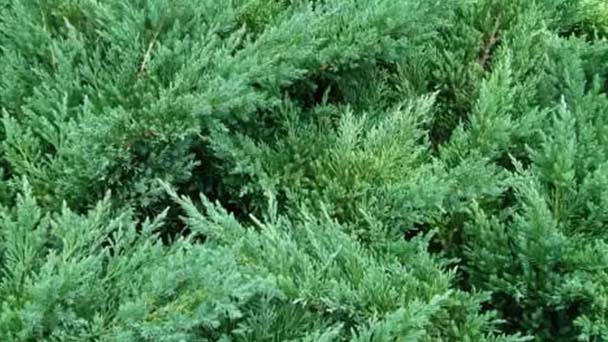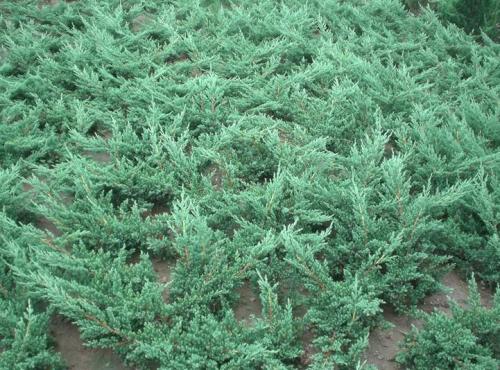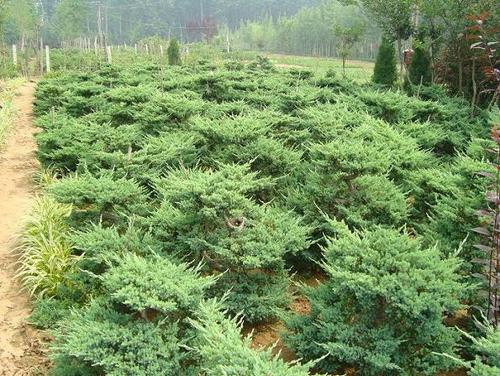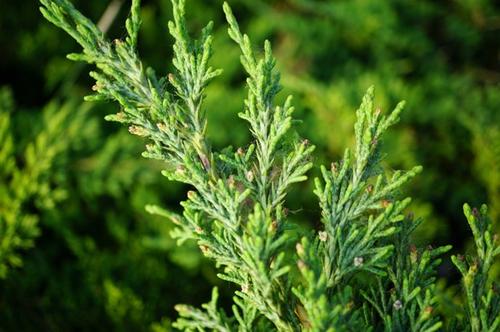Juniperus procumbens profile
Written by Maggie
Mar 16 2021

Juniperus procumbens, scientific name Sabina procumbens, is a plant of the genus Juniperus procumbens of the family Cypressaceae, apositive tree. Juniperus procumbens has trong cold resistance, barren resistance, in sand and limestone loam growth well, avoid low temperature. It is easy to propagate by cutting.
Juniperus procumbens picture

Morphological characteristics of Juniperus procumbens
Juniperus procumbens (Sabina procumbens) is a dioecious, crawling shrubs, Cupressaceae. The main branch is long and coarse hard, all the top tip is slightly warped growth, the young tip has the edge, the branchlet has the powder. Leaves are subulate, 0.8 cm long, trifoliate alternate, abaxially pink. Fruit diameter is 8cm, seeds 2-3. China's Yangtze River basin to the Yellow River basin cities and gardens throughout Liaoning common cultivation. The main species of this species are "gold", "dwarf", "sendarosa" and so on.
Juniperus procumbens (Sabina procumbens) is a small creeping evergreen shrub, up to 75 cm tall. Branches are along with the ground expansion, brown, dense branchlets, crown width of about 2 meters, branch tip upward extension. Leaves of Juniperus procumbens are all spiny leaves, trifoliate alternating whorl. Leaves are lanceolate, dark green, apex acuminate, concave above, with a white spot at the base below, bluish-green below, finely grooved along the midrib. Fruit of Juniperus procumbens is subglobose, black when ripe, with white powder.
Growth habits of Juniperus procumbens
Juniperus procumbens (Sabina procumbens) is light - loving, slightly shade - resistant, suitable for coastal humid climate, the soil quality requirements are not strict, cold resistance, germination force are strong. Juniperus procumbens (Sabina procumbens) is a positive tree, can grow well on dry sandy ground, like rich limestone soil, avoid low wet sites.
Juniperus procumbens (Sabina procumbens) is a temperate positive tree species, both cultivated and wild. Juniperus procumbens is pleasant in moist, fertile and good drainage of calcareous soil cold resistance, drought resistance, salt and alkali resistance, can grow on the flat or cliffs; In dry, poor ridge on the mountain, slow growth, plants thin.
Juniperus procumbens (Sabina procumbens) is a shade-tolerant plant that enjoys full sunlight but also tolerates shade. Juniperus procumbens have a strong cold resistance, drought resistance ability, avoid low humidity, strong adaptability, barren tolerance, not very selective to the soil.

Growing methods of Juniperus procumbens
Environment
In the cultivation of Juniperus procumbens (Sabina procumbens), attention should be paid to the selection of places where sunlight cannot be refracted and shade must be paid to. Moreover, the surrounding humidity should be higher. It cannot withstand a too dry environment, and ventilation must be done well. The general advice for pot farming is to place the pot close to the ground and bury it in the ground in the winter. You can spend the winter outside.
Watering
Juniperus procumbens (Sabina procumbens) is a moist plant, so it's important to water it, but don't water it, or, like most plants, its roots rot. When the weather is particularly dry, it is not only necessary to water, Juniperus procumbens leaves also need to spray some water, to do a good job for it in a full range of moisture work.
Fertilizing
Fertilizer for Juniperus procumbens is usually recommended to use a thin, decomposed organic fertilizer. In the spring, it is usually in March or in the fall, around October. Freshwater fertilizer should be applied three times in each of these two periods.
Trim
Juniperus procumbens (Sabina procumbens) can choose the time of pruning in the spring before the new branches pull out, choose those who do not need to grow too long side branches in time to prune them short, so as to reduce these branches and main branches to grab nutrition, can promote the health of main branches stretch. If you are pruning Juniperus procumbens, you can choose to do this during the dormant phase of Juniperus procumbens.
Turn basin
You don't need to turn the pots too often. Once every three years is enough, and it's best done before spring sprouts. When turning over the pot, you can properly remove some old roots and old soil, and then replace it with new fertile soil, which can effectively promote the growth and development of new roots. Juniperus procumbens will grow more vigorously, and the ornamental effect will also be enhanced.
Propagation methods of Juniperus procumbens
(1) Material: The material of Juniperus Proumbens (Sabina procumbens) bonsai is mainly artificial reproduction. The use of cutting propagation, in March spring, cuttings 12 ~ 15 cm long, cut off the next part, branches and leaves, inserted deep 5 ~ 6 cm. After inserting the soil lift solid, pouring permeable, shelter shade. Seedbed soil with fertile loose sandy loam for the best. High-temperature weather should be frequently watered, but should not be too wet. About 3 months can be root, the survival rate of about 90%, can also be grafted or layering method of reproduction.
(2) on the basin: (1) the selection of basin: bonsai usually use purple clay pottery basin or glazed pottery basin. Cliff type uses the thousand cylinder basin of high depth. ② Use of soil: Juniperus Proumbens is fertile, loose, good permeability sandy loam is the best, neutral, calcareous or slightly acidic soil can be adapted. (3) planting: pot time in spring is better, can also be carried out after autumn. Since the canopy of Juniperus procumbens tends to be on the sunrise side, the roots should be fixed when planting potted plants to prevent toppling. When using a shallow basin, the root should be fixed on the bottom of the basin with copper wire.
(3) Styling Juniperus Proumbens (Sabina procumbens) The branches grow naturally by crawling, and the crown of the tree is tilted to one side. Therefore, excessive pruning should not be carried out during the modeling. The main method should be climbing, and either metal wire or palm wire can be used. Climbing is mainly done by large branches, which can be done once or many times. Branches of Juniperus procumbens can be properly pruned, plastic surgery should be carried out in winter or early spring.
The main value of Juniperus procumbens
Juniperus procumbens (Sabina procumbens) is an ideal woody ground cover in the north. Juniperus procumbens can be used in scenic spots, parks, courtyards and green space, isolated plant, piece plant.

Latest Updated
- Benefits of Bugleweed - 7 Science-backed Health Benefits
- Bugleweed Dangers & Side Effects - Is It Poisonous?
- How to Plant Evergreen Trees - What You Should Know
- When to Plant Evergreens - Grow Guide for Evergreen Trees
- 12 Wonderful Evergreen Shrubs for Your Garden
- 12 Popular Evergreen Plants with Pictures for Beginners
- When And How To Prune A Lilac Bush Like a Pro
- How to Grow & Care for Lilac Vine (Hardenbergia Violacea)
- Japanese Lilac Tree (Syringa Reticulata) Care & Propagation Guide
- Shumard Oak Pros and Cons - What to Know
Popular Articles
- Winter maintenance of Antirrhinum Majus
- How to Grow Terminalia Mantaly Tree
- How to Grow and Care for Crossostephium Chinense
- How to grow Antirrhinum Majus in spring
- Peristeria Elata (Dove Orchid) Profile: Info & Care Guide
- Underwatered Snake Plant (Sansevieria Trifasciata) - Signs And How To Fix
- How to Care for Brazilian Jasmine Plant (Mandevilla Sanderi)
- How to Grow & Care for Graptopetalum Purple Delight in Summer
- Rosa Chinensis (China Rose): Plant Growing & Care Tips
- How to Care for Baby Sun Rose (Aptenia Cordifolia)